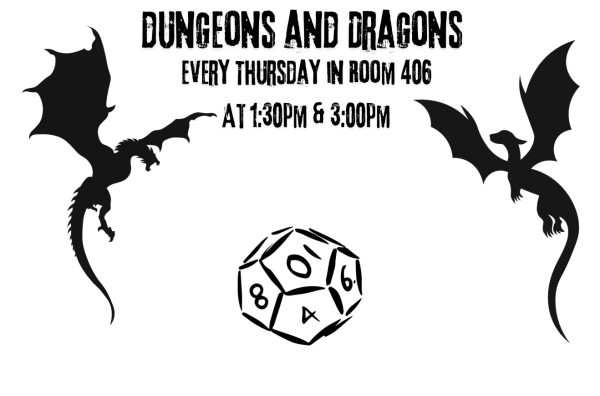Pumpkin carving history
Children enjoy carving pumpkins for Halloween fun.
Elizabeth Merrill
Bark! Voice of the Bulldogs
Staff Writer
Pumpkin carving is a Halloween tradition that many celebrate around the world and this is how it began.
Pumpkin carving began as part of an Ancient Celtic holiday known as Samhain. Samhain was celebrated at the end of the summer and was a time to honor the dead. Celts believed that from dusk on Oct. 31 until the duck of Nov. 1 the souls of those who died that year would pass on. To ward off these spirits, people placed carved jack-o-lanterns on porches and windows. These first jack-o-lanterns were made from turnips, beets, or potatoes.
The term jack-o-lantern is believed to be from an Irish myth about a man called Stingy Jack who would play tricks on everyone. When he died he could not go to heaven or hell so he roamed the world as a ghost with a lantern.
Another version of this story is from Irish folklore that says Jack was a blacksmith who tried to trick the devil and when he died he was denied entrance to both heaven and hell so the devil gave him a burning ember and Jack hollowed out a turnip to create a lantern.
A third version goes more in-depth saying Stingy Jack invited the devil for drinks and didn’t want to pay so he convinced the devil to turn into a coin to pay with that. Instead, Jack pocketed the coin and put it next to a silver cross to stop the devil from turning back. Later, he freed him on the condition that he would not bother Jack for one year and that should he die the devil would not claim his soul. A year later Jack tricked the devil into climbing a tree to pick a piece of fruit and when he got to the top he put a silver cross at the bottom to stop the devil from climbing down and made the devil promise to not bother Jack for 10 more years. Once Jack died he could not go to heaven or hell so the devil gave him a lump of burning coal and Jack put it in a turnip for light.
Irish refer to Jack as “Jack of the Lantern” and then “Jack O’Lantern”. Irish carve scary faces into turnips and potatoes and place them in windows to scare away Jack and other evil wandering spirits
Pumpkin carving was brought to the U.S. in the 1800s when Irish immigrants came to America and found that pumpkins were more readily available and were easier to carve because of the larger size.

Elizabeth Merrill is a junior. She hopes to be an astrophysicist in the future. Elizabeth enjoys reading and playing with her cats. She also likes...







